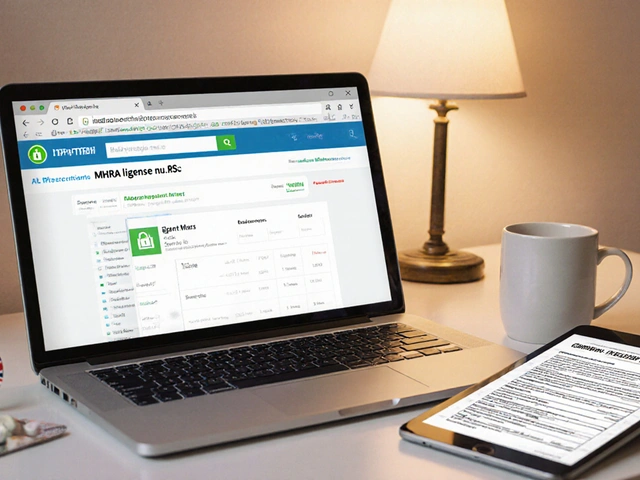Spasticity Treatment: What Works Best for You?
If you’ve ever felt a sudden, tight muscle that won’t relax, you’ve experienced spasticity. It’s common after injuries, strokes, or conditions like multiple sclerosis. The good news? There are several ways to loosen those muscles and get back to daily life.
Medication Choices
Doctors often start with oral medicines. Baclofen, tizanidine, and diazepam are the most prescribed. They act on the nervous system to calm the over‑active signals that cause stiffness. Most people notice a drop in spasticity within a few days, but you may need dose adjustments to avoid drowsiness.
If pills aren’t enough, injectable options can help. Botulinum toxin (commonly called Botox) is injected directly into the tight muscle. It blocks the nerve’s ability to contract that muscle for about three months. Patients love the targeted effect and the fact it doesn’t affect the whole body.
For severe cases, doctors might use intrathecal baclofen pumps. These tiny devices deliver medication straight to the spinal fluid, offering stronger control with lower side effects. It’s a surgical option, so it’s saved for people who haven’t responded to oral meds or Botox.
Therapy & Lifestyle
Medications work best when paired with physical therapy. A therapist can teach you stretching routines, strengthening exercises, and positioning tricks that keep muscles from locking up. Even short, daily stretches can make a big difference over weeks.
Heat and cold therapy are simple tools you can use at home. Warm showers, heating pads, or warm towels relax muscles before a stretch. Ice packs can reduce soreness after a session. Switching between the two prevents the muscles from getting too tight.
Assistive devices like braces or orthotics keep limbs in a functional position. They’re especially useful for people who walk or use a wheelchair. The right brace can reduce the effort needed to move and lower the risk of contractures.
Don’t forget about lifestyle habits. Staying hydrated, getting enough sleep, and managing stress all play a role in muscle tone. Some people find that reducing caffeine or alcohol helps their spasticity stay under control.
If you’re not sure which route to take, start by talking to your doctor about your symptoms and daily routine. They can suggest a medication plan and refer you to a therapist who knows spasticity. Remember, the goal is to make movement easier, not to eliminate all muscle tone – a little tension is normal.
Keep track of what works and what doesn’t. Write down medication doses, therapy dates, and any side effects. This record helps you and your healthcare team fine‑tune the plan. With patience and the right mix of meds and therapy, most people see real improvement within weeks.
Spasticity can feel frustrating, but you have tools to manage it. Whether you choose pills, Botox, a pump, or a stretch routine, the key is staying consistent and communicating openly with your care team.






